The Art of the Remembrancer: The World Before Us/Aislinn Hunter
Tuesday, November 24, 2015
Anmiryam Budner of Main Point Books (Bryn Mawr, PA) has a way about her. A stealth please, try that wins me over every time. I think you will like this book, you will appreciate this writer, this reminds me of something you might have done or might some day do, she'll say. And there's no walking away from that.
Most recently I left Main Point Books with The World Before Us, a novel of great complexity and intrigue by Aislinn Hunter. It is a story told in part by remembrancers—ghosts, if you like—who have gathered around a British archivist named Jane. Jane works in a small museum of vast collections—and that museum is about to close. Jane also endlessly works through a childhood trauma—the day the little girl left in her charge (Jane was fifteen at the time and slightly (secretly) in love with the child's father) disappeared on the estate of a Victorian asylum. Obsessed with the disappearance of little Lily, Jane is also obsessed with other mysteries of the asylum's late 19th century heyday. She ponders, researches, loses herself in the vortex of time.
Those remembrancers listen in. They remember their own pasts. They move the story forward.
Hunter is an author of many gifts. Her ability to conjure colliding periods, a musty museum, multiple distant lives, garden ruins is, I think, uncanny—she does it all so very well. Then there's the shape of her sentences, the sly inventiveness bent into even the most quiet of scenes:
It took me a while to finish World. I've been lost inside a thicket of Too Many things. And even if, at times, I wished for a few less direct intrusions by those remembrancers, even if I wondered if the story might have succeeded with fewer characters, I always wanted to get back to this story. I wanted to see how this incredibly talented Hunter would pull her complex machinery off. I wanted to appreciate the particularity of this novelist, in passages like this:
Most recently I left Main Point Books with The World Before Us, a novel of great complexity and intrigue by Aislinn Hunter. It is a story told in part by remembrancers—ghosts, if you like—who have gathered around a British archivist named Jane. Jane works in a small museum of vast collections—and that museum is about to close. Jane also endlessly works through a childhood trauma—the day the little girl left in her charge (Jane was fifteen at the time and slightly (secretly) in love with the child's father) disappeared on the estate of a Victorian asylum. Obsessed with the disappearance of little Lily, Jane is also obsessed with other mysteries of the asylum's late 19th century heyday. She ponders, researches, loses herself in the vortex of time.
Those remembrancers listen in. They remember their own pasts. They move the story forward.
Hunter is an author of many gifts. Her ability to conjure colliding periods, a musty museum, multiple distant lives, garden ruins is, I think, uncanny—she does it all so very well. Then there's the shape of her sentences, the sly inventiveness bent into even the most quiet of scenes:
... she reached a large glass case on thick oak feet. It contained a series of criss-crossed branches upon which Nathanial Hartford, Esquire, had supervised the wire mounting of two hundred and four hummingbirds in an attempt to display all the colours and designs of the species. The birds were caught in various stages of rest or flight, their wings closed or spread out like the slats of a fan. Most people paused here briefly, if they stopped at all, but Jane studied each bird in turn, the dark beads of their eyes, their long bills, flamboyant gorgets. Those of us who had followed her into the museum studied the birds too, and watched her, the care she gave each individual thing.This is a story that takes its time, that introduces large casts of alive and dead characters, that hinges around the questions that an archivist has about a character that appears to have gone missing from the history books, a character named N. The suspense is a researcher's suspense. The plot is not nearly as important as the themes—time, memory, regret, the cloister of the dead around the turbulence of the living. I was reminded, as I read, of Nova Ren Suma's The Walls Around Us (about which I wrote here)—another book told, at times, with the Choral We, another book in which the language is careful, inventive, and haunted.
"When is a bird no longer a bird?" one of us asked.
It took me a while to finish World. I've been lost inside a thicket of Too Many things. And even if, at times, I wished for a few less direct intrusions by those remembrancers, even if I wondered if the story might have succeeded with fewer characters, I always wanted to get back to this story. I wanted to see how this incredibly talented Hunter would pull her complex machinery off. I wanted to appreciate the particularity of this novelist, in passages like this:
And in the dark, in drifts of memory, we recall some of the people and things we have happened pon, moments that aroused us from the stupor of our lives—the plumes of a peacock unfolding under an elm, the bright platter of a sky coroneted by trees, a list retrieved from between an armoire and the wall of a house by the sea:
Flat of palm on abdomen
Shift of sheets
Hard shelf of his hips against the soft of mine
Curve of water glass against my lips—his hand trembling
Coarse planking of the wood floor
The hitch of a sliver


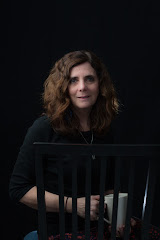

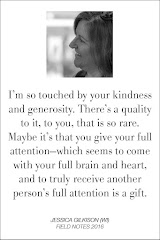

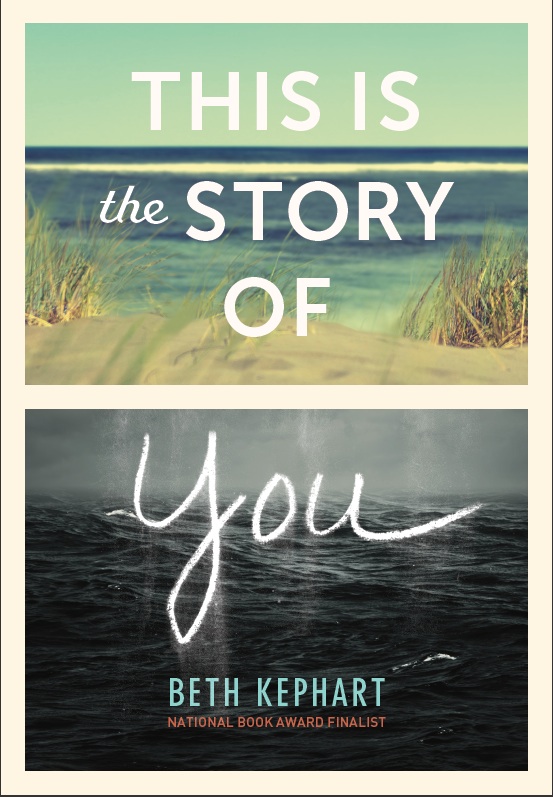

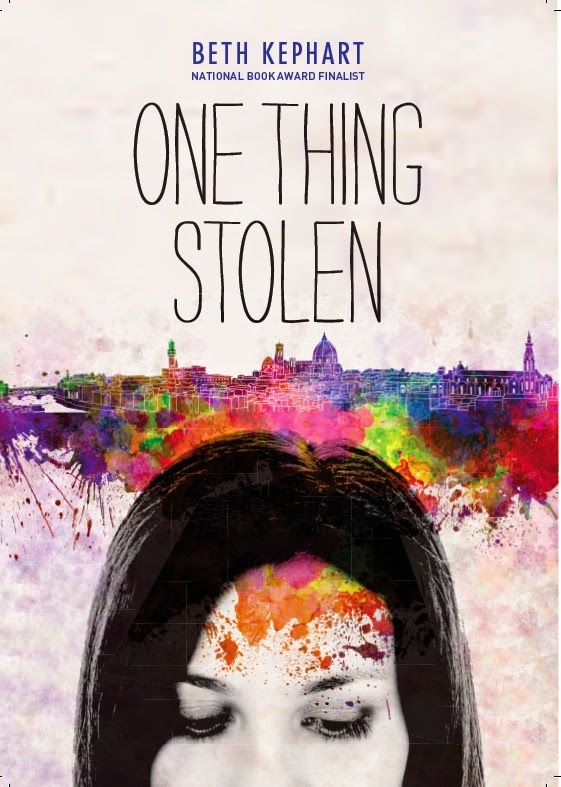
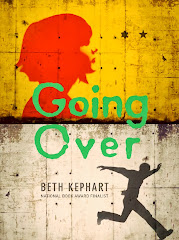

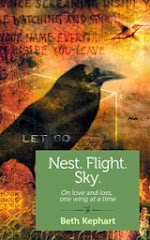
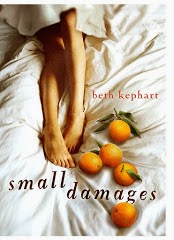




0 comments:
Post a Comment